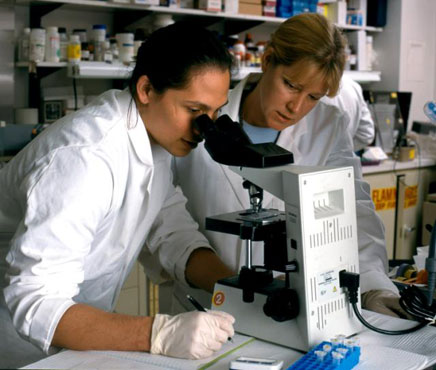Some recent studies have presented a possible new influenza cure which is made from a compound which is located in the Indian frog’s protection slime.

This compound is called peptide, and it cured mice from large doses of human flu. One researcher claims that the peptide sort of blows up the viruses, without causing any harm to the healthy tissues.
Research still hasn’t discovered why this mucus compound kills human flu, when this virus does not even attack frogs.
The expert team also has members from India, which helped in this research with testing the substances in frog slime in an attempt to find new antibiotics.
Furthermore, peptides are really easy to be produced in controlled environment.
This specific compound affects H1 viruses of influenza, like H1N1 which created a pandemic back in 2009. However, it does not work with other types like H3N2 and influenza B.
Still, the lead of the study thinks that other compounds produced by frogs will work, and he is also doing examination with other viruses like Zika, Ebola, HIV and hepatitis viruses. He claims it is just a matter of search and time to find them, but what is challenging is finding compounds that don’t cause harm to human cells.
Systemic delivery is the next stage. While mice took it through the nasal pathways, people would be more in favor of oral consumption. Numerous peptides are taken intravenously, but if this is an everyday medicine – this method is not really practical.
This peptide deals with a specific part of the virus called hemagglutinin, which is the reason why the viruses have the “H” in their classification names. It is also the part which most of the flu vaccines are trying to tackle.
Another plus is that it is also good in destroying mutated viruses, in terms of resistance to antiviral meds like Tamiflu, that tackle flu viruses from a different point called neuraminidase.
Experts are working on creation of completely new drugs, instead of old ones, but it is a long and complex process, with either success or failure.
The natural medicines are nearly perfect, due to their evolution over millennia, and work very well. Also, even though influenza viruses are incredibly prone to mutation, this research team claims that they have not found one that was resistant to the urumin effects. Even though they tried to create such a mutation of an influenza virus, they were unable to do so.
The research now is looking for funding to continue with their work. National Institutions responsible for this medicinal field have not agreed to accept this request.
Many medicines that have at least a bit of hope in early development, unfortunately fail at some point of the stages of the experiment. Such discovery in early stages is most probably many years away from being made an actual drug, if it even reaches this stage.




















